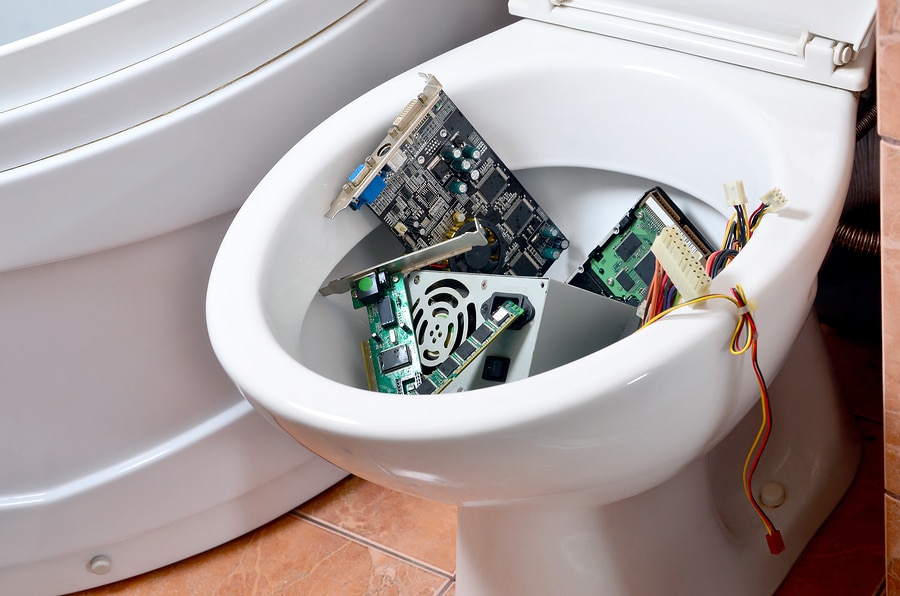How to Simplify Your Information Disposal Practices

Over time, as you learn to run your business, your policies and procedures may change to better suit your needs. Unfortunately, this often results in added steps that don’t necessarily increase efficiency. If you’ve noticed that your information disposal practices seem to result in frequent errors, it may be time to reevaluate your processes and simplify them. Here are a few areas to review.
Procedures
You don’t have to complicate the process of IT asset disposition (ITAD) by making different rules for different equipment and devices. By taking the time to create a single, streamlined set of rules that pertains to all devices, you’ll make the whole process much easier for employees to remember and stick to, and reduce risks for errors that could be costly and harmful to your business.
A shred-all policy is about as easy as it gets, whether you’re talking about data on hard copies or in hard drives. It should all go to a certified data destruction partner you trust, and you’ll want to find a company that provides locking bins to securely store items until they’re picked up for disposal.
You do need to track devices by serial number (or in-house barcode system), so the easiest route is to have employees check in devices they’ve previously checked out with your IT department or an assigned facilities or equipment manager. From there, they can be added to bins for pickup and destruction.
Timelines
In addition to laying out how devices should be disposed of, you need to set strict timelines for destruction so you don’t end up with a lingering stockpile that could serve as a temptation to unscrupulous employees, or outside thieves willing to break in for a chance at a payday selling your data or stealing consumer identities. Schedule regular pickups with your ITAD service provider if you have relatively frequent turnover, or simply call for a pickup when you undergo widespread technology upgrades.
Oversight
You naturally want to trust your employees to act in the best interest of your business, but the truth is that most people put their own self-interests first, and if you don’t implement some measure of oversight, you shouldn’t be surprised if things don’t go your way. This is why it’s so important to have tracking measures in place so you always know who is in possession of equipment or devices, and who is responsible if they go missing.
Penalties
The policies and practices you implement within your business are only as good as your willingness to enforce them. If employees know they can get away with skirting ITAD procedures, why would they bother going to extra effort to ensure security when there are easier options like simply tossing old items in the trash or leaving them languishing in unlocked desk drawers, for example?
You need to create penalties associated with failure to comply with ITAD practices and then enforce them to ensure that employees participate fully and do their part to keep company and consumer data secure.
If you want to streamline information disposal practices for your Sioux Falls, SD business, contact ITAD certified SEAM today at 605-274-7326 (SEAM) or online to learn more.
SEAM provides IT recycling and data destruction services including onsite shredding and hard drive wiping to South Dakota, North Dakota, Minnesota, Iowa, and Nebraska.
Schedule a pickup or contact us for more information.





